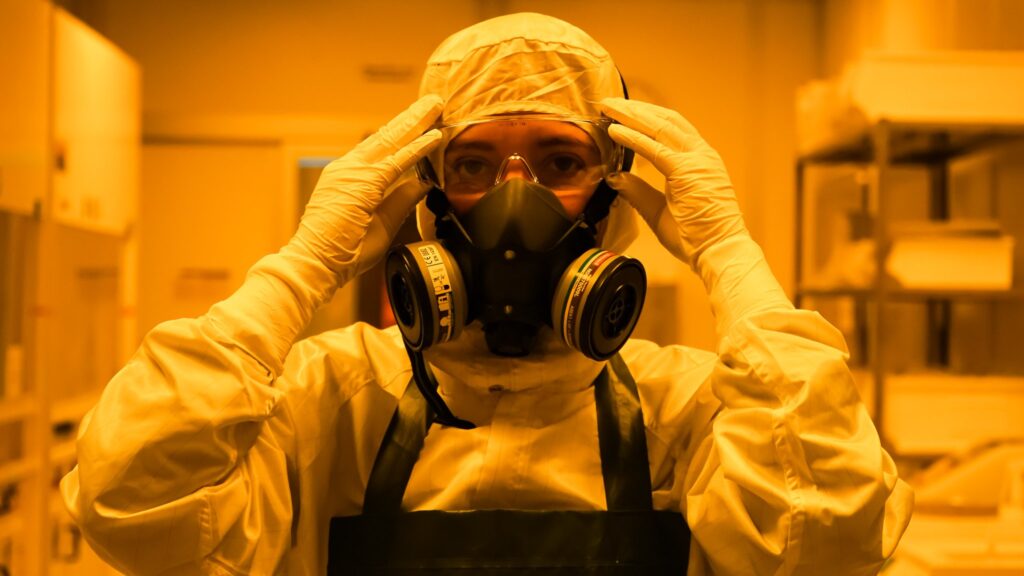As part of the European Researchers’ Night initiative, researchers visited several schools in the summer camp program in Tadim-Braga to promote science and engage young students. These visits are part of the ongoing efforts to celebrate science and bring it closer to citizens, aligning with ERN’s 2024-2025 theme of “Science for Global Challenges.” July 4: Engaging the Young MindsOn July 4, a team of INL researchers, including Catarina Moura, Carlos Honrado, Adriana Carneiro, Bernardo Nogueira, Maria Relvas, and Tiago Moura, prepared different experiences for students of EB1 Tadim, EB2,3 Tadim, and Alfacoop schools. 45 students participated and built on their knowledge and interest in scientific topics. The activities conducted were designed to illustrate how science can address major global and European challenges in environmental, economic, and social sustainability. July 18: Continuing the Journey of DiscoveryOn July 18, researchers João Henriques, João Rodrigues, Lurdes Gonçalves, Diana Oliveira, Mariam Debs, Carlos Rosário, and Catarina Moura prepared different experiences, once again, for students of EB1 Tadim, EB2,3 Tadim, and Alfacoop schools. Students, aged between 4 to 14, participated in interactive sessions that sparked their curiosity and enthusiasm for science. These activities were tailored to suit the varied age groups, ensuring that each student […]
Read more


